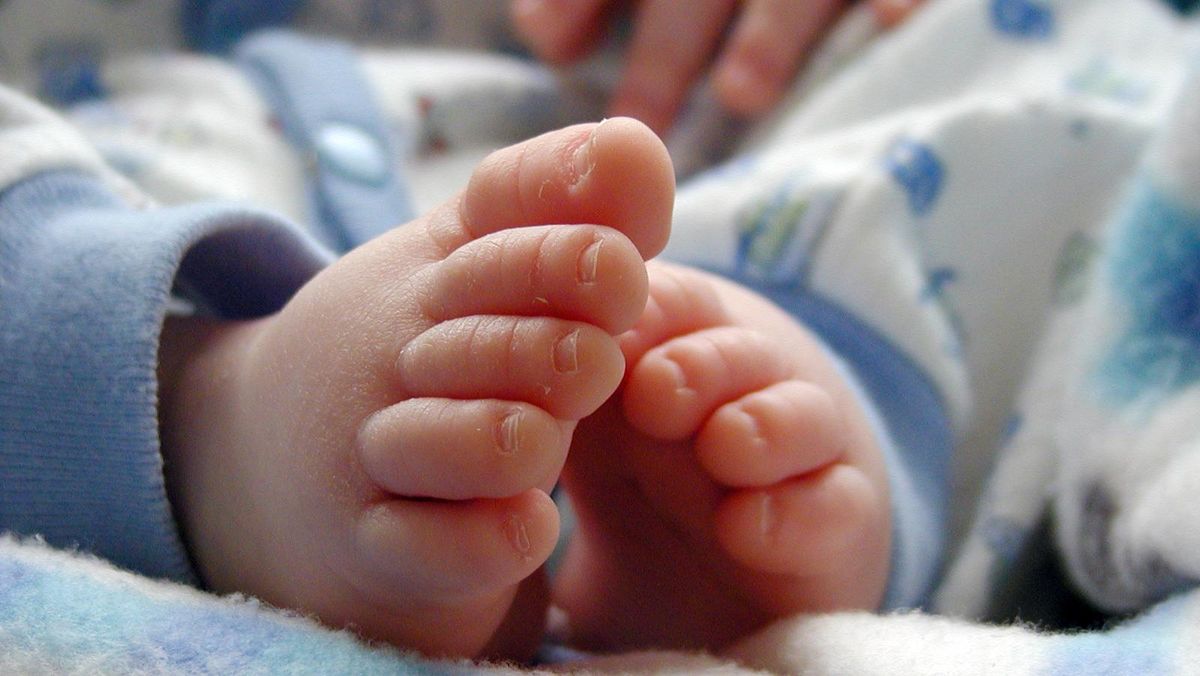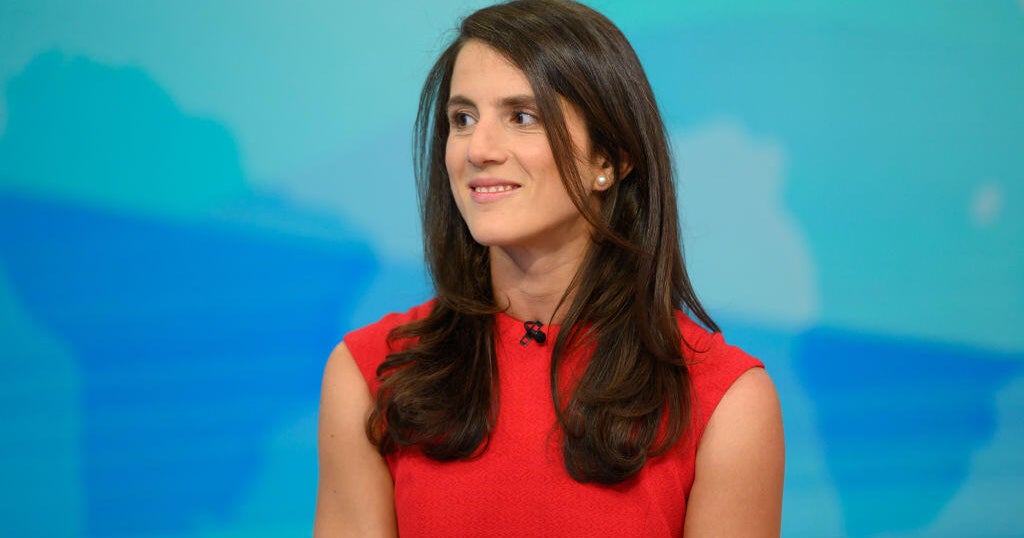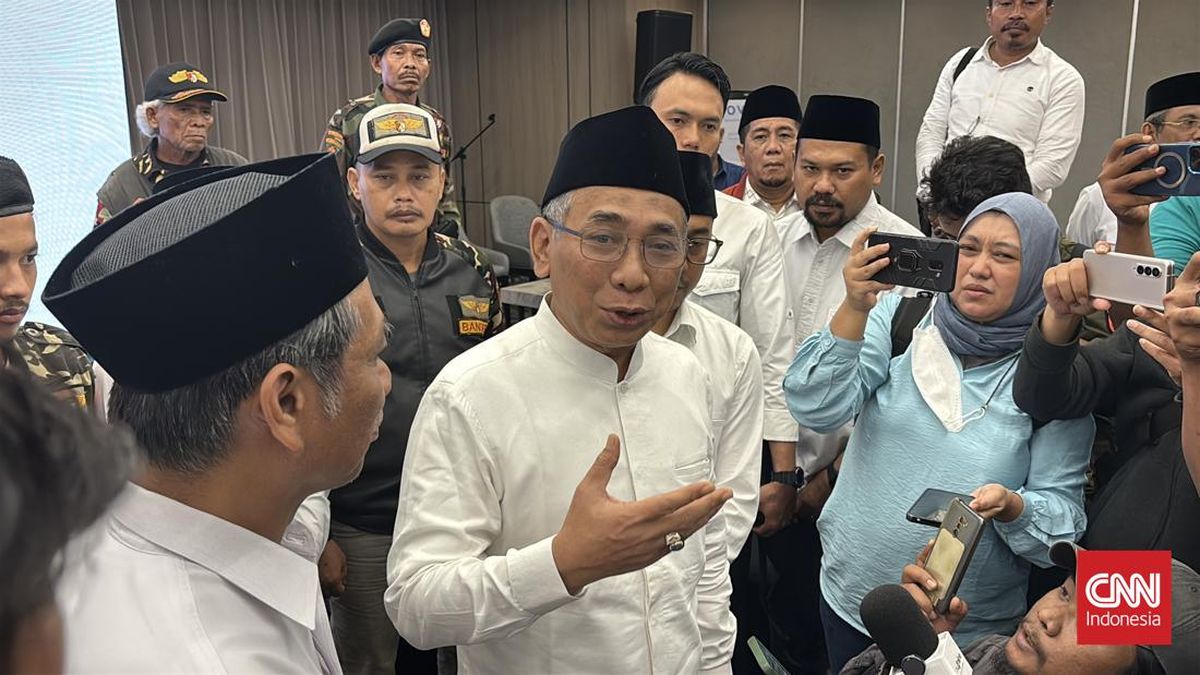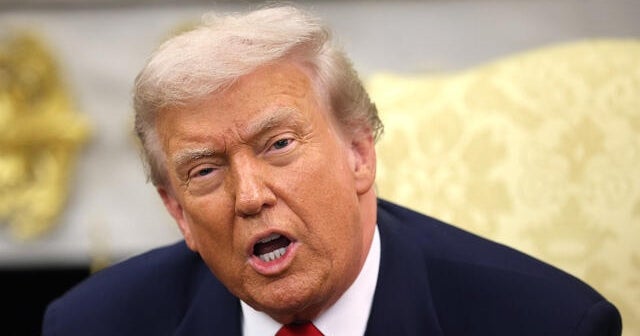Opinion
November 21, 2025 — 3.30pm
November 21, 2025 — 3.30pm
Gurmesh Singh, the newly elected leader of the NSW Nationals, is the newest face of a much older question: Can you look Indian, Chinese or Vietnamese and still be accepted, without hesitation, as Australian?
Singh’s great-grandfather migrated from Punjab in the 1890s. The family has lived in Woolgoolga for generations. Still, some have asked online: Is he really Australian?

“I’ve never seen myself as anything but Aussie” … Gurmesh Singh, the new leader of the NSW Nationals.Credit: Edwina Pickles
If a fifth-generation Australian whose family has been here for more than 100 years has to explain his Australian-ness, it tells us something uncomfortable about who we believe belongs. The question is simple but confronting: Who do we see as representing Australia? And who do we still see as the “other”?
Indian-Australian, Greek-Australian or Chinese-Australian, labels that carry heritage, also imply that belonging must be explained. Dual identities, worn with pride, sometimes are spoken like a disclaimer. Our idea of “Australian” is still based on appearance and not shared values, contribution or civic participation.
This is no longer a cultural debate. It’s a national identity crisis.
Loading
Immigration dominates headlines. One Nation’s support has risen in recent polls and public sentiment on multiculturalism is shifting, with consequences for diplomacy, trade, education and Australia’s place in the world. Hostile foreign influences can exploit diaspora communities, sow division or create distrust in institutions. If we struggle to define “Australian” at home, how can we hope to communicate it abroad?
Australia has multiple identities, but no consensus. Proud multiculturalism is our strength and, regrettably, our unresolved tension. Among the world’s most diverse democracies, we are home to people from 138 countries, First Nations cultures that predate modern borders, and generations who arrived through waves of migration and policy.
Our public conversations rarely reflect this complexity and the default questions are: is there one way to look Australian, and must everyone else prove it?
Our future competitiveness economically, diplomatically and culturally will depend on presenting a clear sense of who we are. A modern nation must articulate its values, not just its image.
Loading
For me, after two decades living in Australia, the values that consistently emerge are mateship and generosity, connection to community, having a fair go and dignity for all types of work – values that are lived daily yet rarely articulated to show the world our shared identity.
What truly defines “Australian”? Appearance or values? If we continue to tie identity to the former, we will fall behind in the Indo-Pacific as the region shapes this century.
Appearing before a federal parliamentary committee this month, I spoke about building Asia capability through education and beyond. As a migrant entrepreneur helping Australian and Indian tech founders develop their businesses, I know how identity shapes relationships in the region. If identity remains unsettled, every conversation about Australia’s future becomes harder.
On reflection, it became clear to me that identity is capability. How we see ourselves shapes how we engage with the world. If we don’t define our identity, others will do it for us. How can we negotiate confidently in Delhi, Jakarta or Tokyo if, at home, we hesitate to define what “Australian” means?
Loading
Australia’s identity is now a geopolitical risk. Where do we go from here? Here are practical steps:
- Treat identity as national capability. Establish a national identity working group that includes First Nations voices, academics, diaspora, civic institutions and industry. Shift identity from cultural uniformity to values-led belonging.
- Develop a shared national narrative. Create a values framework as a civic charter that describes “what being Australian means”, a code for respect, contribution and civic life.
- Turn identity into practice through education. Update curriculums to reflect the “real” Australia, including First Nations histories, migrant contributions, cross-cultural engagement and regional context.
The crux is not who looks Australian but who lives it. Gurmesh Singh put it best: “I’ve never seen myself as anything but Aussie.”
He is among millions living the next chapter of Australian identity. Can our institutions catch up? Australia’s identity shouldn’t be debated on social media. It should be shaped with intent, clarity and courage.
Jasmine Batra is the founder and program director of The Big LEAP Accelerator, assisting Australian and Indian tech companies. She works in innovation, trade and diplomacy and serves on the advisory board at the Australia India Chamber of Commerce.
Most Viewed in National
Loading


















































